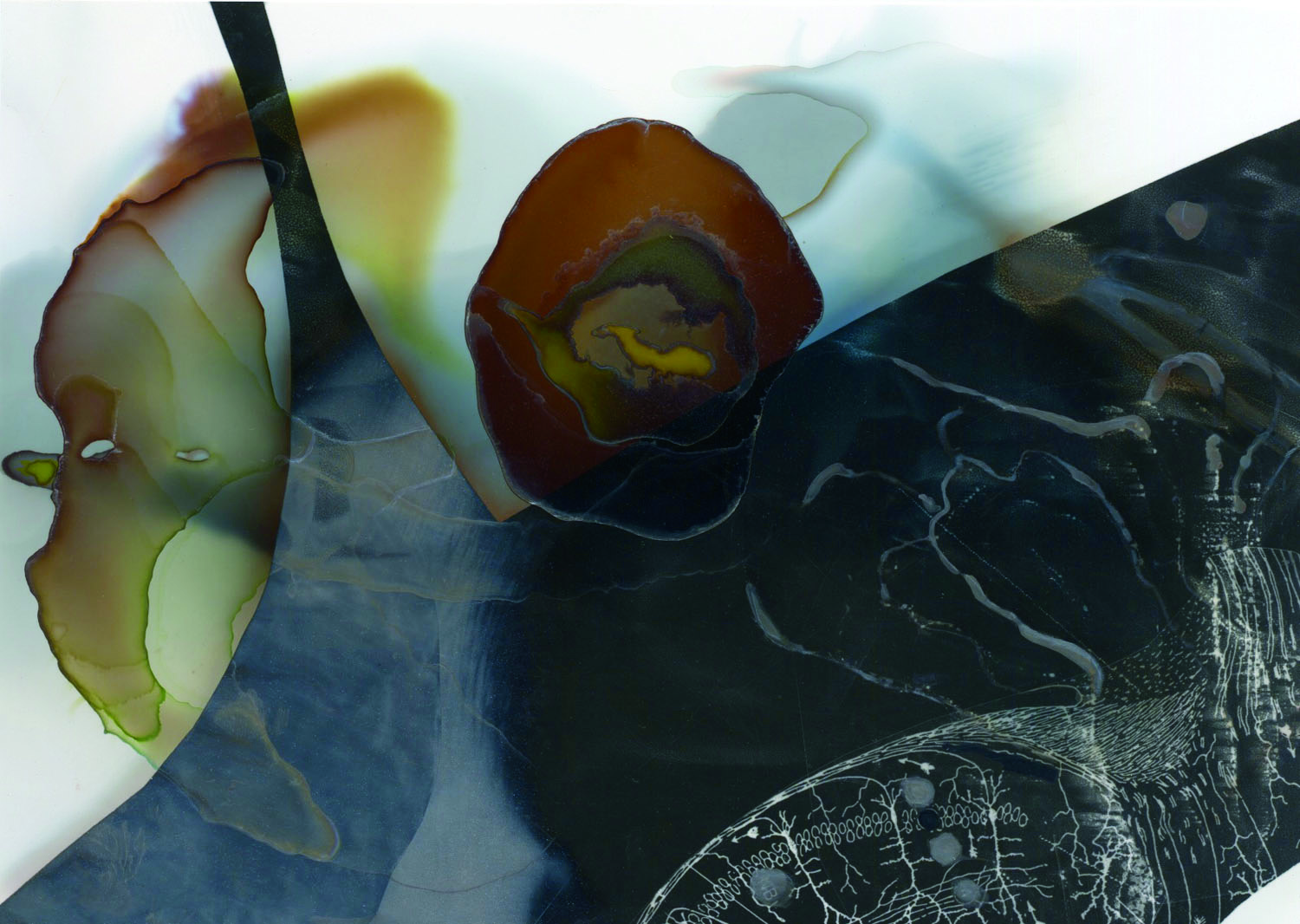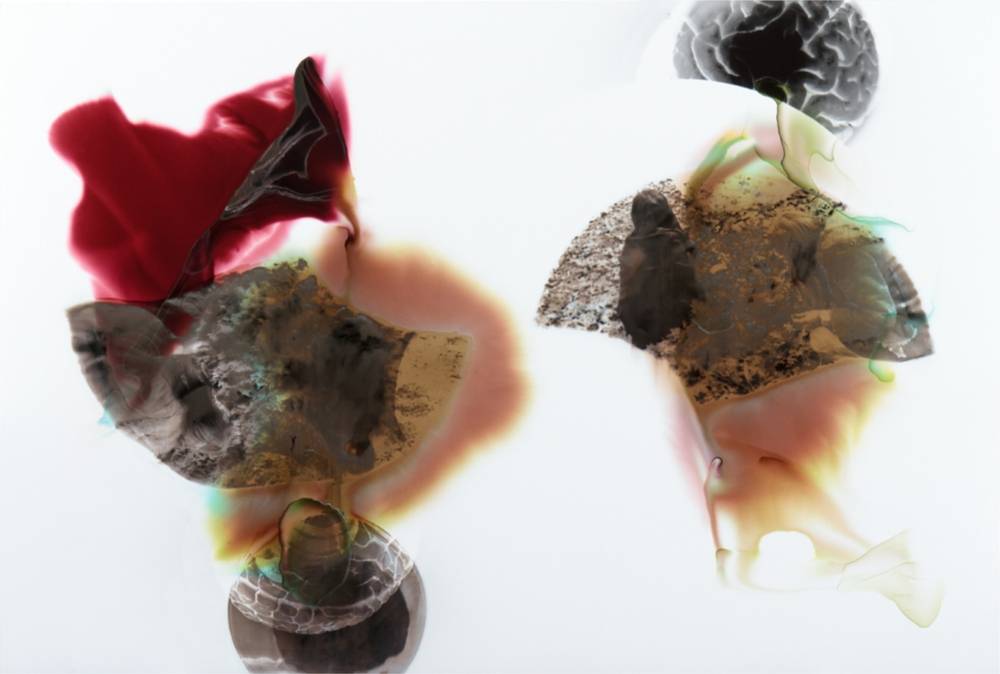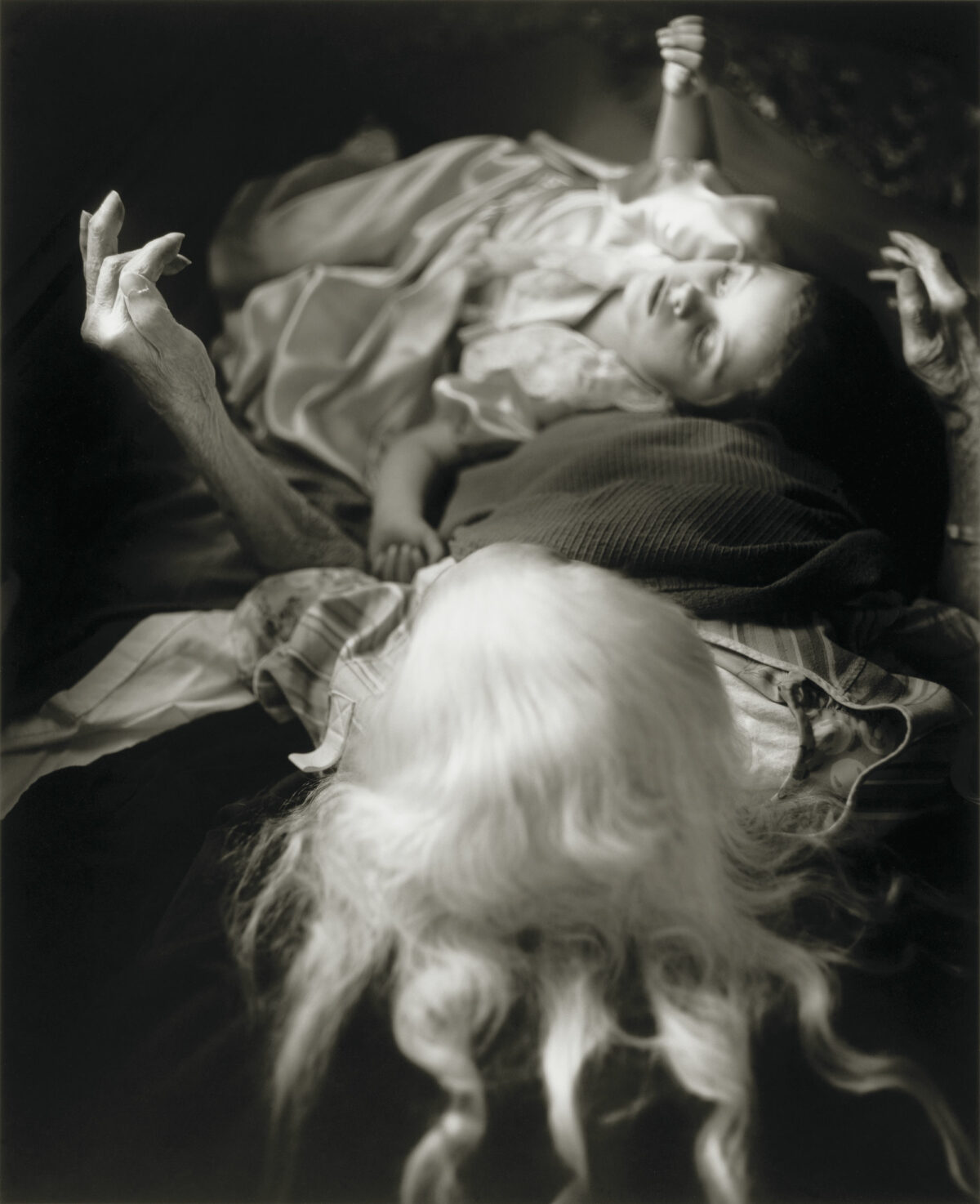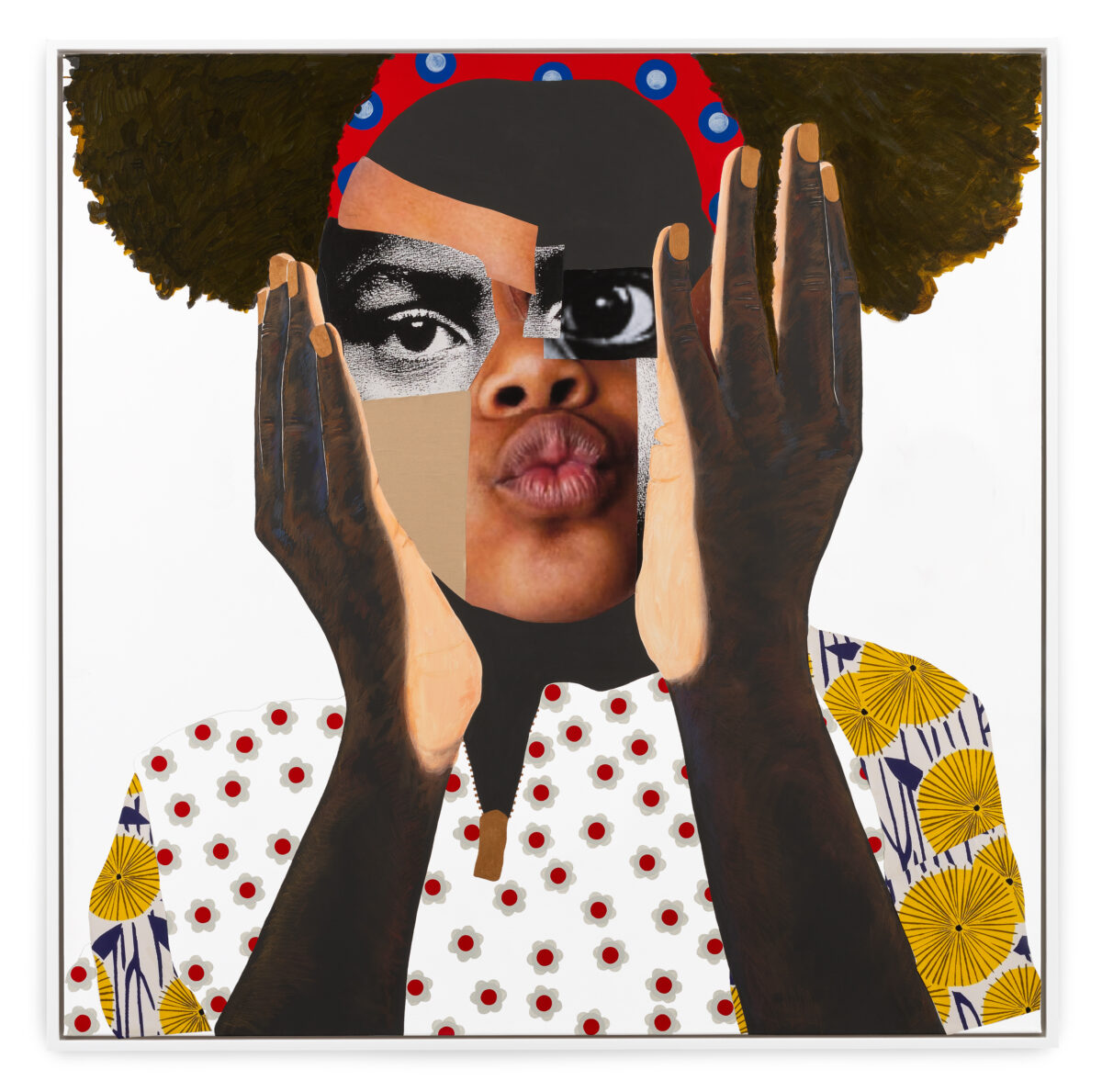

When I first saw Susan Rankaitis’s work almost 20 years ago, I felt like I was entering the Cave of Altamira. I had never seen anything so chemical, so metallic, and the shimmering surfaces of those giant prints were like looking into the material origin of photography. But if Rankaitis was obsessed with origins, she was also channeling the future, the brave new world of technological imagining that gave birth to photography in one era and to brain scans and gene sequencing in another – but also equally to weapons of mass destruction. For a 1990s installation, she even wrapped her abstractions around a recycled missile nosecone. Conceptual ambitions aside, her surface investigations were also a form of painting by other means, well in advance of today’s Mariah Robertson and Matthew Brandt. She was exploring the textures, colors, translucency, and transcription of light made possible by analogue photographic materials.
Rainkaitis has pursued two parallel paths. The first is quasi-scientific. The exhibition title, Grey Matters, obviously implied cerebral activity, a suggestion reinforced by any number of the works’ features. In notes to the show, Rainkaitis referred to the idea of interoception, a neuroscientific term that describes the mind’s perception of the physical body. The images are loaded with what appear to be drawn forms suggesting the labyrinthine reticulations of brain tissue. Beyond that, the elaborate layering of forms and the manipulation of transparency and color enact a kind of perceptual challenge, complicated by titles such as CT #14 and Fear of Snakes. The images are meant to suggest these things – CTs, brain scans, and chartable mental states – as well as to get our senses working. Her works are not, however, scientifically generated. Nor are they critiques of science. Instead, they are independent experiences that enhance our sense of visual complexity.


Rankaitis has mastered control of what seem at first like chance encounters between imagistic elements and purely chemical processes. She coaxes the richest possible array of effects and associations from these deposits on photographic paper. It goes without saying that each “photograph” is one of a kind. A group of variants on the theme titled Memory and Darkness are especially rewarding. They contain all the exposure and surface lessons of photograms by Moholy-Nagy and Man Ray, as well as associations of DNA sequences, the brain’s network processing, and elaborately dark areas of unspecifiable content. Come to think of it, what would neuroscientists discover if they wired our cerebral cortexes when we explored the elaborate visual entanglements presented here?








